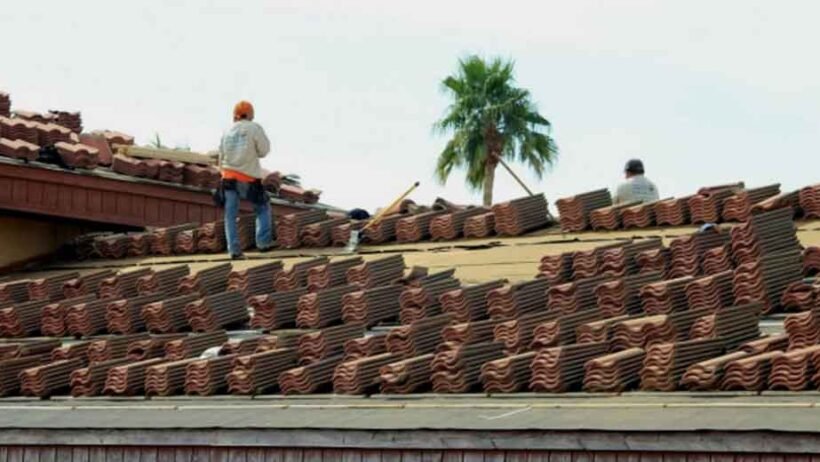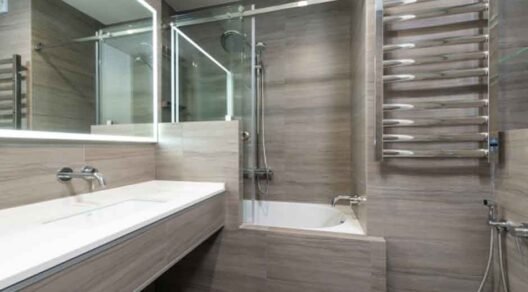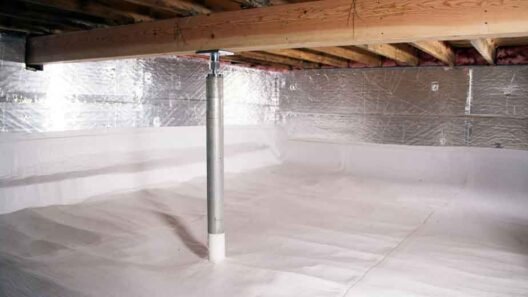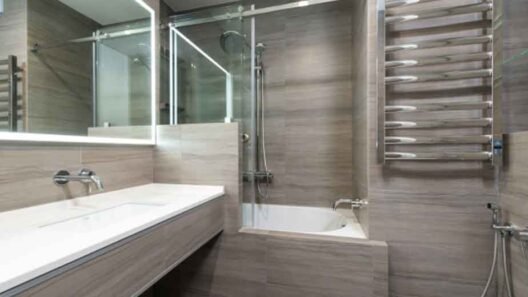When you think about indoor air quality, your roof probably isn’t the first thing that comes to mind. You might focus on air purifiers, filters, or HVAC systems, but the truth is, your roof plays a much bigger role in your home’s air health than most people realize. Especially in places like San Francisco, where the mix of fog, humidity, and coastal weather can take a toll on roofing materials, the condition of your roof directly impacts how clean and fresh the air inside your home feels.
A healthy roof acts as a protective barrier, keeping out moisture, allergens, and pollutants that can compromise your indoor environment. When roofing materials start to deteriorate or leaks go unnoticed, that barrier weakens, allowing water and mold spores to enter. Over time, these hidden problems can affect air quality, leading to musty odors and potential health concerns like allergies or respiratory issues.
That’s why regular roof maintenance and timely repairs are essential. They don’t just protect your home from the elements. They also keep the air you breathe cleaner and safer. And the best part? Preventing these issues doesn’t have to be complicated when you have the right professionals maintaining your roof.
How Professional Roofing Maintenance Supports Clean Air
Maintaining a roof is about more than preventing leaks; it’s about protecting the overall health of your home. A strong, well-sealed roof helps maintain proper ventilation, keeps insulation dry, and prevents contaminants from entering your living space. Neglecting your roof, on the other hand, can create conditions where moisture builds up, leading to mold and mildew, two major culprits behind poor indoor air quality.
If you’re noticing damp spots, a musty smell, or want peace of mind about your home’s air health, hiring reliable roofers in San Francisco can help you get started. Experienced roofing professionals understand the area’s unique coastal climate and how frequent fog and salty air can affect roofing materials. They can inspect for hidden leaks, check attic ventilation, and ensure your roof is properly sealed to prevent moisture intrusion. Addressing small issues early helps you avoid bigger problems that could eventually harm your air quality and your home’s structure.
Professional roofers also know how to improve energy efficiency, which indirectly impacts air quality. Properly installed and maintained roofing helps your home regulate temperature better, reducing humidity and keeping indoor air more comfortable. Regular maintenance, especially in a region like San Francisco, keeps your home healthier and extends the lifespan of your roof at the same time.
How Roof Damage Affects Indoor Air Quality
Even minor roof damage can have a surprising effect on the air you breathe. When cracks, missing shingles, or worn flashing allow moisture to seep in, it creates a perfect environment for mold and mildew growth. These spores don’t just stay in the attic. They can spread through your air ducts and ventilation system, lowering air quality throughout your home.
Over time, moisture can also damage insulation, reducing its ability to control temperature and humidity. When insulation gets damp, it traps pollutants and allergens, which circulate through your home whenever the air conditioning or heating system runs. What starts as a small roof issue can quickly become a widespread indoor problem if ignored.
By addressing roof repairs promptly, you’re not just protecting your property. You’re protecting your health. Keeping moisture out ensures your indoor air stays clean and breathable, reducing the chances of respiratory irritation or long-term mold exposure.
The Role of Ventilation in a Healthy Roof and Healthy Air
Proper ventilation is one of the most overlooked aspects of roofing, yet it plays a critical role in both roof health and indoor air quality. Without adequate airflow, warm air and moisture get trapped in the attic, leading to condensation and, eventually, mold growth. Over time, this buildup damages the roof structure and spreads allergens throughout your home.
Balanced ventilation allows hot air to escape while letting cooler, drier air circulate. It not only protects your roofing materials from heat and moisture damage but also helps maintain a consistent indoor temperature. The result? Less humidity, fewer pollutants, and fresher air inside your home.
Good roof ventilation also helps your HVAC system run more efficiently. When air moves freely, your heating and cooling system doesn’t have to work as hard to regulate temperature, which saves energy and keeps your living space more comfortable.
Mold and Mildew: The Invisible Threat from Above
Mold is one of the most serious consequences of roof leaks, and it often goes unnoticed until it becomes a major problem. Once moisture enters your attic or ceiling, it can create mold colonies within days. These spores then spread through ventilation systems, contaminating the air in every room.
Prolonged exposure to mold can trigger a range of health issues, from mild allergies and sinus irritation to more severe respiratory problems. Children, older adults, and people with asthma are especially vulnerable.
Preventing mold starts with a dry, well-maintained roof. Regular inspections can catch small leaks before they escalate. If you notice dark stains on your ceiling or detect a musty odor, act quickly. These are early signs that your roof may need attention. The sooner you address the issue, the easier it is to protect your home’s air quality and prevent costly repairs later.
Materials Matter: Choosing Roofing That Supports Air Quality
Your roofing materials can also play a role in maintaining a healthy indoor environment. Modern materials are designed to improve insulation, energy efficiency, and airflow, all of which contribute to better air quality.
For example, reflective roofing materials can help regulate indoor temperature by deflecting heat away from your home. It reduces humidity buildup and prevents mold growth. Using non-toxic sealants and underlayment materials further ensures that your roof isn’t releasing harmful chemicals into your living space.
When replacing or upgrading your roof, consider materials that are durable, eco-friendly, and compatible with your local climate. In areas like San Francisco, where the weather can shift from dry heat to ocean fog, choosing the right materials can make a significant difference in both roof longevity and air quality.
A well-maintained roof doesn’t just protect your air quality. It also helps regulate temperature, which improves comfort and reduces energy waste. Good insulation and ventilation keep your home cooler in the summer and warmer in the winter, minimizing the need for constant HVAC adjustments.
When your home maintains steady indoor temperatures, you avoid excessive humidity that can lead to condensation and mildew growth. Balanced airflow also helps filter out dust and allergens more effectively.
In essence, a healthy roof creates a chain reaction of benefits: better insulation leads to energy savings, consistent airflow prevents moisture buildup, and both work together to maintain cleaner, healthier air indoors.








